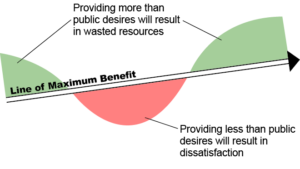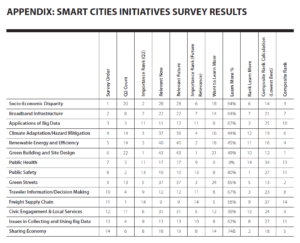Fall 2018 Update from Bret Weiss

Fall is here which means the Minnesota golf season is ending and winter is on its way. I am not a winter sport guy, so this season gives me a chance to evaluate our year and start planning for 2019 and the new services and markets that we are going to pursue. This has been a challenging year on many levels. Choosing to grow, expand, and improve does not happen easily and yet it’s necessary to the sustainability of any organization.
We continue to mourn the loss of Vern Hedquist, a valued staff member who was killed earlier this fall on a job site. We know that this loss is much more difficult for his wife, Cindy, and his family. Finding solutions to design and manage projects while facing the reality of construction zone dangers with the increasing number of inattentive drivers is never far from our minds. We have been buoyed by the kind support from you and all our friends in the industry. Thank you for showing how much you care. My coach Lou Holtz always said, “People want to know that you care.” That care came through in a very strong way. One of the things that we know all too well is that life doesn’t stop for anyone.
In October we celebrated our 23rd anniversary and have accomplished a lot this year thanks to our clients. It is so helpful to have clients that are willing to partner with us to find new ways to deliver solutions. We have a strong entrepreneurial culture which fuels our passion for innovation and curiosity. We have developed new software applications that are being used by real estate and alternative energy developers throughout the country. Our pipeline group now reaches across the country and continues to grow and develop. We hope it’s clear that we never shy away from trying something new and we don’t back down from a challenge. Please continue to challenge us.
We recently rebranded. We know that changing a logo or mark doesn’t inherently change a company. In our case, we were searching to align who we are as a company with our mark and messaging. We are a bold company with a vision to find ways to improve our industry. This is expressed with passion and energy and for the sake of our staff, we needed a change. Who we are has not changed, but how we express it has. We will continue to improve our processes, quality, and solutions as we move into 2019.
I want to share one final quote that I love, and typifies our staff at WSB. “It is not simply the brightest who have the best ideas; it is those who are the best at harvesting them from others. It is not only the most determined who drive change; it is those who most fully engage with like-minded people. And it is not wealth or prestige that best motivates people; It is respect and help from your peers.” – Alex “Sandy” Pentland, Director of MIT’s Human Dynamics Laboratory
Thanks for continuing to inspire us every day.
Bret Weiss, President/CEO






